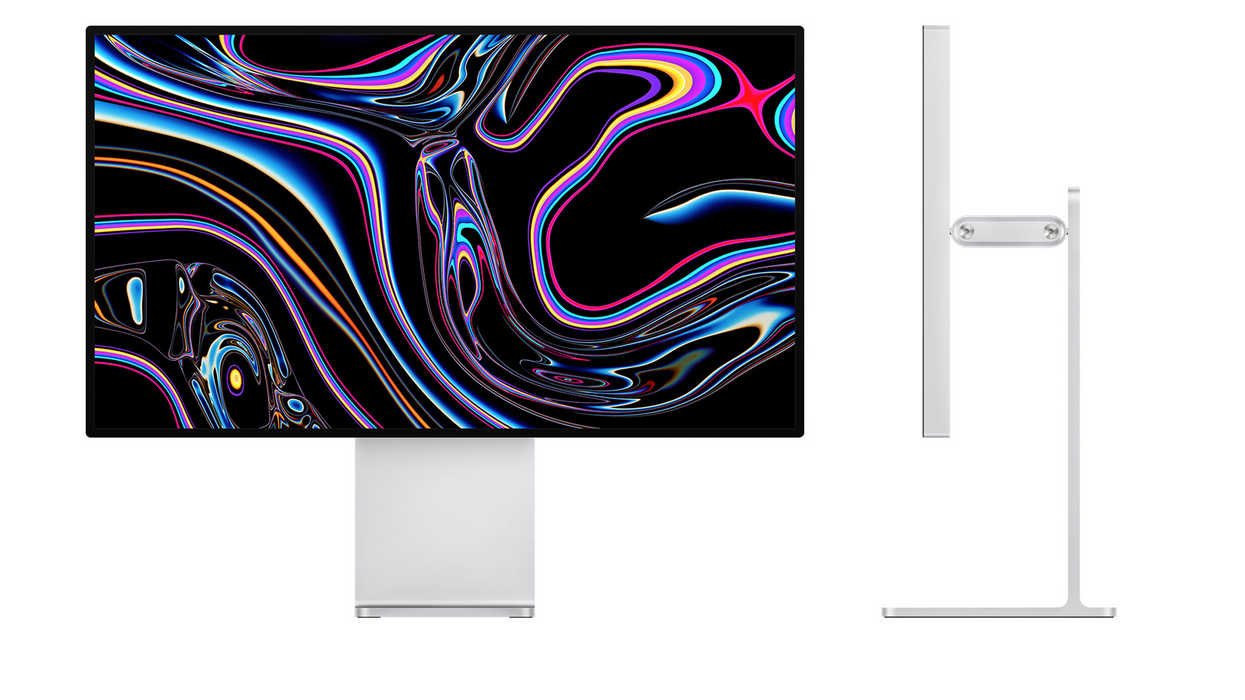Apple Releases Calibration App for the Pro Display XDR
Apple is continuing its push to have the XDR taken seriously as a color-accurate display with its new calibration application.

Apple would like its new Pro Display XDR monitor to compete with high-end color grading monitors in terms of color accuracy. This could potentially be wonderful for filmmakers, since it would make for a relatively affordable monitor, especially comparing its $6,000 price tag to $30,000 grading monitors.
In order to keep pursuing the goal of color accuracy, Apple has just released a calibration app for the Pro Display XDR. This is exciting because dedicated hardware agnostic calibration can be expensive, though manufacturers will often release calibration software for their own hardware for free.
Calibration software works by showing a series of known colors on a monitor, then reading how they are displayed with some sort of probe device and adjusting the monitor itself the colors and brightness levels show accurately.
The new software currently works with a few different probes to take the measurements necessary to ensure color accuracy. Unfortunately, none of those probes are very affordable, with three options available from Photo Research (PR-740, PR-745, or PR-788) and one from Colorimetry Research, the CR-300.
These are all wonderful units, but they are all pricey—the CR-300 sells for $15K and is somewhat less common in motion picture use.
The most common probe you see in post-production facilities, the Klein K-10A, isn't currently supported, though we hope to see support for it in the future. It still runs a hefty $6,900, however, it does show up quite often in smaller post houses, and we think it deserves support as well.
It's unlikely we'll see affordable sensors like the X-rite i1Display Pro ever get support, but those units often have limited functionality and we can understand that Apple can't support everything.

We have admittedly very complicated feelings about the Pro Display XDR. We love more understanding about color accuracy existing in the world, and we love any company that is pursuing more color-accurate monitoring. We work hard to make our images look a certain way, and we want them to look as good as they can in as many different environments as possible. So we're excited about the promotion of color accuracy in this monitor.
But it still doesn't solve the software problem, which is that every piece of software presents video differently. So if we send out a video link, it will look differently in Safari than in Chrome and Firefox. It doesn't matter if the monitor is perfect if the software makes the image too dark. We've had great results with the color accuracy in Resolve, actually, with even calibrated Eizo monitors looking very, very close to external monitors like the Flanders XM series. However, that's only when the footage is in Resolve. Once you make the export, all bets are off.
You can of course always use a Teranex Mini to get a proper video signal to the monitor. While many post houses will do that, it's unlikely that clients will do that as well. Despite this, once they have invested $6,000 in a monitor they're going to expect accurate images. So the education we have to do with clients to get them to understand the steps to take to see the images accurately will continue.
Our hope is that development will continue, and we'll see more apps than just Resolve get their video set up well enough to see quality images to take advantage of the astounding capabilities of the XDR. But there will still be education that has to happen with clients. If a client buys this monitor, you're going to have to walk them through opening the video you send in a dedicated app. That said, Apple releasing this app after the XDR has been out in the wild for a year is a good sign that Apple is continuing to take supporting the Pro Display XDR seriously.
The application is available for download here.












